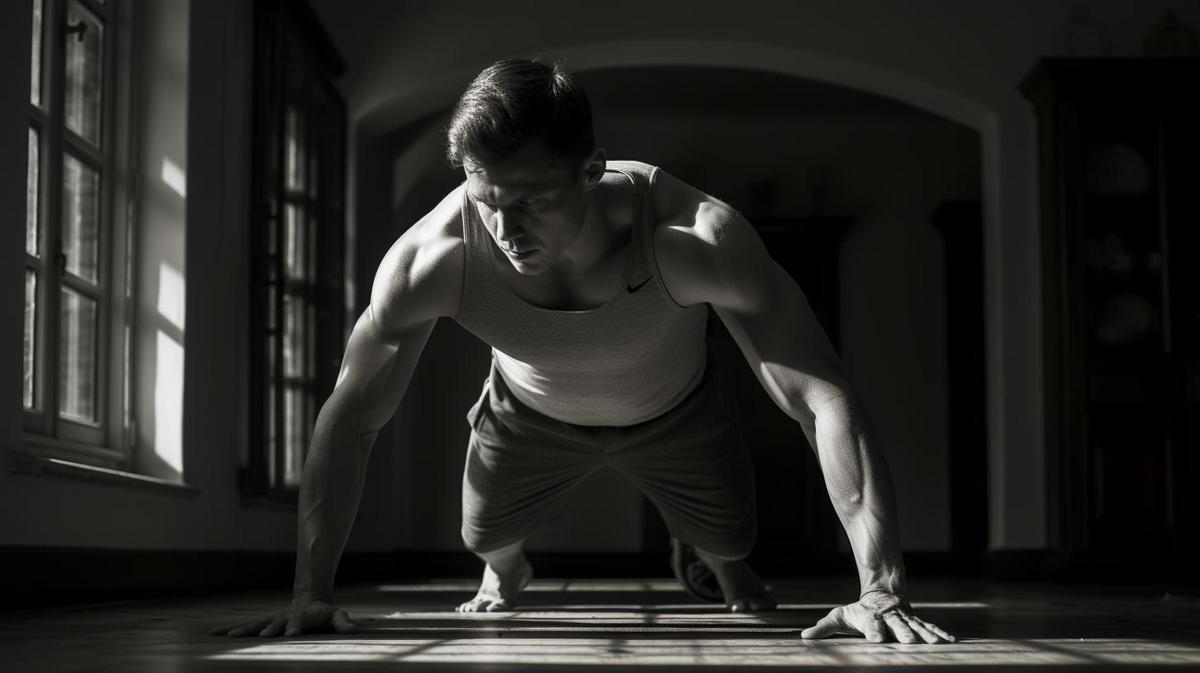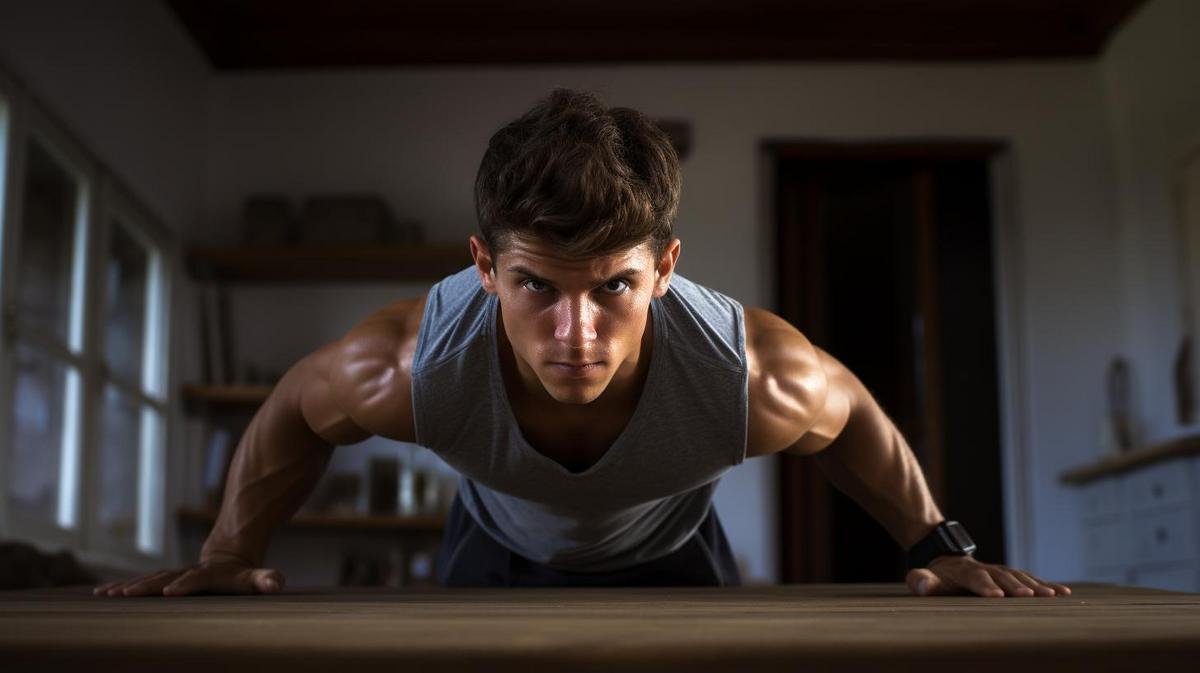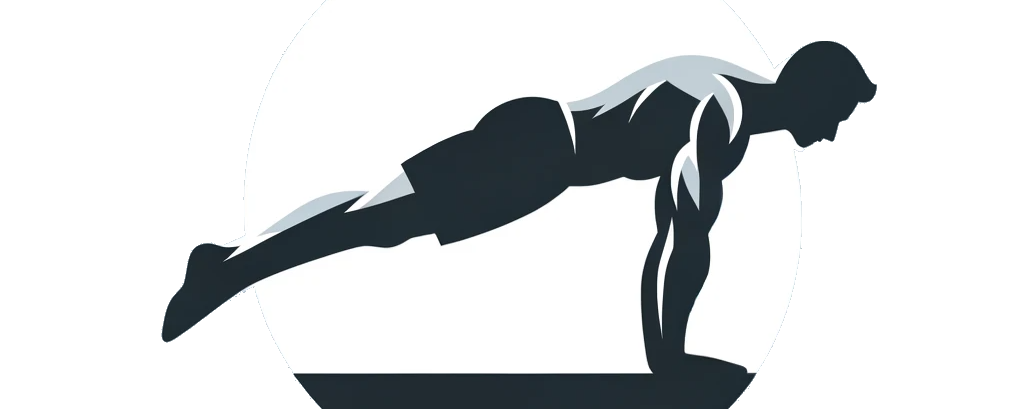Calisthenics Equipment for Home: Is it Necessary?
Published on January 20, 2024 | by The Art of Calisthenics
TL;DR:
- Essential calisthenics equipment for home use includes pull-up bars, resistance bands, and parallettes.
- Consider your space, budget and commitment level when selecting the best equipment. Your fitness goals should also guide your choice.
- Setting up a calisthenics home gym can vary in cost. Budget-friendly options are available and DIY solutions can further reduce expenses.
- No-equipment calisthenics workouts can effectively keep you fit. Beginner-friendly exercises include push-ups, squats, lunges and planks.
- Buying second-hand calisthenics gear can be cost-effective but safety, functionality, and fitness goal alignment should be checked.
- Both indoor and outdoor calisthenics offer effective options. Space availability and workout type (indoor vs outdoor) should guide the selection of gear.
- Using only your body weight, you can perform exercises anywhere, indoors or outdoors.
“Ever wondered if the rigorous world of calisthenics demands premium gear for home workouts? Explore this question with us as we delve into the necessity, selection, setup, and even how to do away with traditional calisthenics equipment. Embrace the full belief of building strength and agility through bodyweight exercises, right in your own home. Let’s flex and find out!”
What Calisthenics Equipment Do You Really Need for Home Use?
Why is calisthenics equipment essential for home workouts?
The right calisthenics tools boost workout efficiency. They make workouts easier and more diverse. For example, a pull-up bar lets you do strength training with ease. It allows you to work on different muscles and boost your body fitness.
What are the most popular calisthenics tools for home use?
Some must-have calisthenics tools for home usage are pull-up bars, resistance bands, and parallettes. Pull-up bars work your back, biceps, and core. Resistance bands offer adjustable resistance for varied workout intensity. Parallettes let you do dips, push-ups, and L-sits, enhancing upper body strength.
How to select the best calisthenics equipment for home usage?
When you want to build a calisthenics home gym, consider space, budget, and level of commitment. Choose compact equipment if space is tight. Budget wisely to avoid overspending. Be sure about your commitment level to avoid buying items you might not use. Also, pick equipment that suits your fitness goals. For example, weights are great for muscle building, while resistance bands are great for rehabilitation and flexibility.
Remember, a well-equipped home gym can make the difference between constant progress and frustrating setbacks. The key lies in knowing your needs and making smart buying decisions. This way, you build a gym that’s tailored to you and you alone.
How to Set up a Cost-efficient Calisthenics Home Gym?
Is setting up a home calisthenics gym costly?
The cost can vary. It hinges on key things such as the types of gear you opt for and if new or used. Let’s delve deeper.
What are some budget-friendly options to build a calisthenics home gym?
There’s a wealth of equipment for a range of budgets. Pull-up bars, resistance bands, and even simple mats offer great value. They’re sturdy, versatile, and won’t break the bank. Plus, when combined, they provide a full-body workout.
Let’s decipher these tools. Pull-up bars can go in doorways or walls and engage multiple muscle groups. Resistance bands offer variable levels of tension for strength training. Mats provide a comfortable base for floor exercises.
Remember, opting for a mix of equipment can achieve various training outcomes. Building a home gym is about adapting to personal fitness goals and available space.
Our next topic is crucial, especially if you are handy or wish to keep costs down.
How to DIY your calisthenics home gym?
Nail the DIY approach with readily available materials and a bit of effort. Homemade parallel bars and pull-up bars are feasible and affordable.
A homemade pull-up bar can be as simple as a length of pipe secured across two posts. Make sure it’s sturdy! Parallel bars can get built from PVC pipes. Connect them the right way, and you have a functional and cheap workout station.
To wrap up this section, building a calisthenics home gym isn’t always expensive. Several cost-saving solutions exist, especially if you’re up for a bit of do-it-yourself building. Striking a balance of gear types helps maintain a range of workout options without stretching your wallet. Happy building!

Can Calisthenics be done without Equipment?
Yes! Let’s explore the world of no-equipment calisthenics workouts. They offer a great way to stay fit by using only your body weight. It’s a refreshing take on fitness that works for all fitness levels.
What are some beginner-friendly calisthenics workouts requiring no equipment?
Well, you can start with simple exercises like push-ups, squats and lunges. They’re excellent for building core strength. Also, try planks! They’re great for a strong core. You can give the classic burpee a go as well, which works out your entire body.
Now, bear in mind that you must learn and follow the correct form for each exercise. This maximizes the result and ensures your safety.
What are the best exercises for a no-equipment calisthenics workout?
For a comprehensive, full-body workout without equipment, combine a variety of moves. These include lunges, push-ups, burpees, planks, or mountain climbers. Not only do these basic moves target all the major muscles, but you can perform them anywhere.
As you progress, you can amp up the intensity. Modify these moves by adding jumps, or you can try advanced moves like pistol squats. There you have it, you can kick off your fitness journey at home, even without sprung for pricey equipment!
What to Consider when Buying Second-hand Calisthenics Gear?
Let me share a thing or two about buying second-hand calisthenics gear.
What are the benefits of buying second-hand calisthenics gear?
One key perk is price. Second-hand gear is cheaper. Moreover, used gear sometimes offers the same quality as new gear, yet it costs much less. While cost-saving, don’t skip on making sure the gear is safe and functional.
Where can you find reliable used calisthenics equipment?
Online marketplaces are a good start. Think of places like eBay, Craigslist or Facebook Marketplace. Locally, thrift stores or garage sales may host hidden gems. Always remember to verify the authenticity and quality before buying.
What should you look out for when buying second-hand calisthenics tools?
Keep an eye on three main points. First, confirm the gear’s condition. Check for wear and tear signs. Second, the safety. Ensure the equipment works well with no risk of accidents. Lastly, confirm the gear aligns with your fitness level and goals. If you’re starting out, opt for beginner-friendly tools. As you advance, you may invest in more complex equipment.
That’s my take on buying second-hand calisthenics gear. While it might not work for everyone, it’s a cost-effective option worth considering.
So if you’re on a budget, second-hand shopping opens up a new world of possibilities. Happy hunting!

Indoor Vs Outdoor Calisthenics: What Equipment Do You Need?
How does indoor calisthenics equipment differ from outdoor equipment?
Indoor and outdoor calisthenics gear are distinct. Indoor items are compact and easy to store. They include pull-up bars, dip bars, and push-up handles. When you think of outdoor gear, you may imagine a calisthenics park with pull-up bars, dip stations, and parallel bars placed permanently. Both settings offer a wide range of fitness tools designed specifically for calisthenics.
What are the spatial requirements for setting up an indoor/outdoor calisthenics gym?
Space shapes the type of gym you set up. In a tiny room, compact and foldable gear like a pull-up bar or push-up handles work best. An outdoor gym needs more space but delivers a broad selection of workout options. A backyard gym may include a pull-up and dip station, hurdles, or even a climbing rope. Balance your spatial conditions with your fitness goals.
Which calisthenics exercises are better performed indoors or outdoors?
Calisthenic exercises can be done both indoors and outdoors. Some moves are better suited for indoor settings. Workouts like knee raises, tricep dips, and push-ups need little space and are perfect indoors. Outdoor workouts allow for more vigorous exercises like jumping jacks, burpees and running in place. So, whether indoors or outdoors, you can keep fit with calisthenics.
Conclusion
So, you now have a clear idea about calisthenics equipment for home use, tips on setting up a home gym, no-equipment calisthenics workouts, buying second-hand gear, and indoor versus outdoor equipment. Whether you aim to build a home gym or engage in open-air workouts, the goal is to keep moving, evolving, and staying fit. Enjoy your calisthenics journey!
